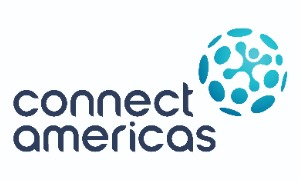Below are some of the main challenges and benefits associated with this process:
Challenges:
- Competition: The United States has a highly competitive clothing market, with numerous local and international brands vying for consumer attention. This can make it challenging for new brands to enter and establish themselves in the market.
- Regulations and Standards: Clothing exports must comply with U.S. regulations and quality standards, which may require production adjustments to meet these requirements. Additionally, import regulations and tariffs can change, impacting costs and logistics.
- Exchange Rate Fluctuations: Fluctuations in exchange rates can affect export prices and profitability. This can complicate long-term planning and stable pricing.
- Production Costs: Production costs, including labor and raw materials, can vary and affect export profitability. Maintaining competitiveness in terms of pricing can be a challenge.
- Intellectual Property: Protecting designs and trademarks in a foreign market can be complicated and requires understanding and compliance with U.S. intellectual property laws.
Benefits:
- Access to a Large Market: The United States has a large and diverse population. Exporting clothing to this country means accessing a vast consumer base, creating significant sales and growth opportunities.
- Tariff Preference: Under CAFTA-DR, many textile and apparel products have preferential access to the U.S. market, meaning they are duty-free or face low tariffs, enhancing the competitiveness of products from the region.
- Integrated Supply Chains: The CAFTA-DR region has integrated supply chains with the United States, which can facilitate logistics and reduce transportation costs and time.
- Textile Manufacturing Expertise: Many countries in the region have a long history in the textile and garment industry, meaning they have expertise and knowledge in clothing production, resulting in high-quality products.
- Market Diversification: Depending on the national economy, exporting to foreign markets can help local economies diversify their sources of income, reducing dependence on a single market.
In summary, exporting clothing to the United States from the CAFTA-DR region offers significant opportunities but also requires a deep understanding of challenges and the ability to adapt to the demands of the U.S. market. Careful preparation and attention to regulations are key to maximizing these benefits.



Síguenos en